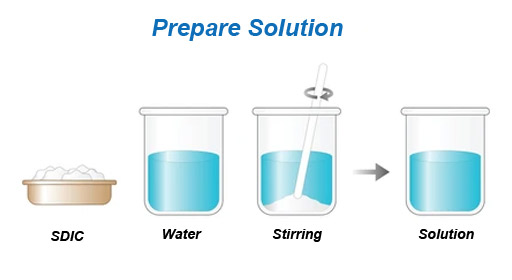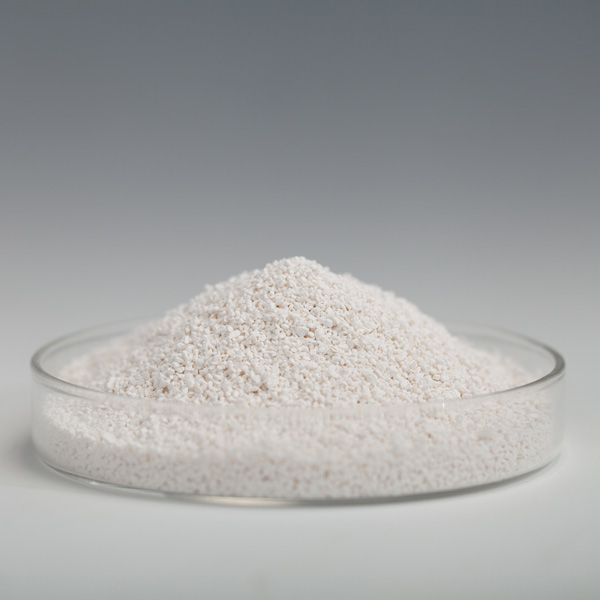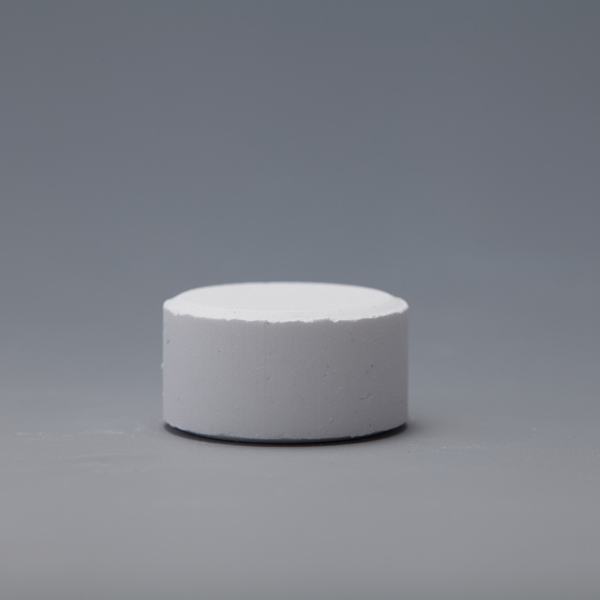Seed treatment is a key step in current agricultural production, which can better ensure germination rate, reduce the risk of plant diseases and thus increase yield. As the best disinfectant, Sodium Dichloroisocyanurate is widely recognized for its powerful disinfection effect, ease of use and safe storage. In addition to common water treatment and swimming pool disinfection, it is also widely used in seed treatment. As a strong oxidant, SDIC is used to disinfect pathogens, fungi and harmful microorganisms before seed planting. What are the benefits of using SDIC to treat seeds? How to use it? What should be paid attention to? It has become a question of concern to everyone.
Application and benefits of sodium dichloroisocyanurate in seed treatment
The application of SDIC (sodium dichloroisocyanurate) in seed treatment is mainly focused on its bactericidal and disinfecting effects, which can be used in the following aspects:
1. Seed disinfection:
Preventing diseases: SDIC can effectively kill bacteria, fungi and viruses on the surface of seeds, and prevent seedling diseases caused by pathogens carried by seeds.
Improving germination rate: By eliminating the interference of pathogens, SDIC helps to improve the germination rate and emergence rate of seeds.
Wide range of applications: SDIC can be used to disinfect seeds of various crops, such as rice, wheat, corn, vegetables, etc.
2. Seed soaking:
Promote seed germination: At a certain concentration, SDIC soaking can soften the seed coat and promote seed water absorption and germination.
Enhance seed vitality: SDIC can activate the enzyme activity inside the seeds, enhance the resistance and growth potential of seeds.
3. Seed coating:
Long-term protection: Adding SDIC to the seed coating agent can form a protective layer on the surface of the seeds, providing long-term sterilization protection.
Slow-release effect: The coating agent can control the release rate of SDIC so that it can continue to play a role during seed germination and seedling growth.
How to use Sodium Dichloroisocyanurate in seed treatment
Prepare solution:
Dissolve SDIC in water, usually using 0.1% to 0.5% SDIC aqueous solution (1 to 5 grams per liter of water). (The specific concentration needs to be adjusted according to the crop type and disease risk).

Soaking:
Generally controlled within 10 to 30 minutes. Carefully monitor the soaking time to avoid long soaking causing damage to the seeds. The soaking time is related to the solution concentration. If a higher concentration solution is used, the soaking time needs to be reduced appropriately.
Rinse:
After soaking, rinse with clean water and dry to prevent residue from affecting seed germination.
Drying:
Before planting, the seeds should be placed in a dry and ventilated environment to dry. This can prevent seeds from clumping and ensure uniform sowing.
Precautions for treating seeds with sodium dichloroisocyanurate:
The concentration and soaking time of sodium dichloroisocyanurate should be adjusted according to the seed type and disease situation to avoid damage to the seeds.
SDIC solution should be prepared and used immediately to avoid long-term storage resulting in reduced efficacy.
Seeds treated with sodium dichloroisocyanurate should be rinsed with clean water before sowing.
SDIC has certain irritation and corrosiveness. Safety protection should be taken when using it to avoid direct contact with the skin and eyes.
The application of SDIC in seed treatment can effectively improve the success rate of crop planting and reduce the risk of diseases. It is an economical and efficient seed disinfection method, especially suitable for large-scale agricultural production. In the agricultural field, SDIC is widely used for disinfection of farmland, greenhouses, and farms in addition to seed treatment.
For more information about sodium dichloroisocyanurate, please visit our website.
Post time: Mar-31-2025






